As the world continues facing different kinds of challenges in the healthcare sector judging by the pandemic that has taken the world by storm, having a solid public healthcare system is quite crucial.
Developed nations employ various methods to provide comprehensive coverage. Some countries, like Canada, use a single-payer system where the government is in charge of healthcare.
In addition, there are a few nations that rely on private insurance and the third category of countries, such as the United States, which use a combination of both.
Having a well-structured public health system was one of the nine factors evaluated by the 2021 Best Countries team to create its Quality-of-Life sub ranking.
The study was conducted after surveying more than 17,000 global citizens from four regions to evaluate perceptions of 78 nations on 76 different metrics.
Table of Contents
10 Best Countries with the Best Health Care Systems
Here is a list of the top 10 best countries with excellent healthcare systems.
South Korea
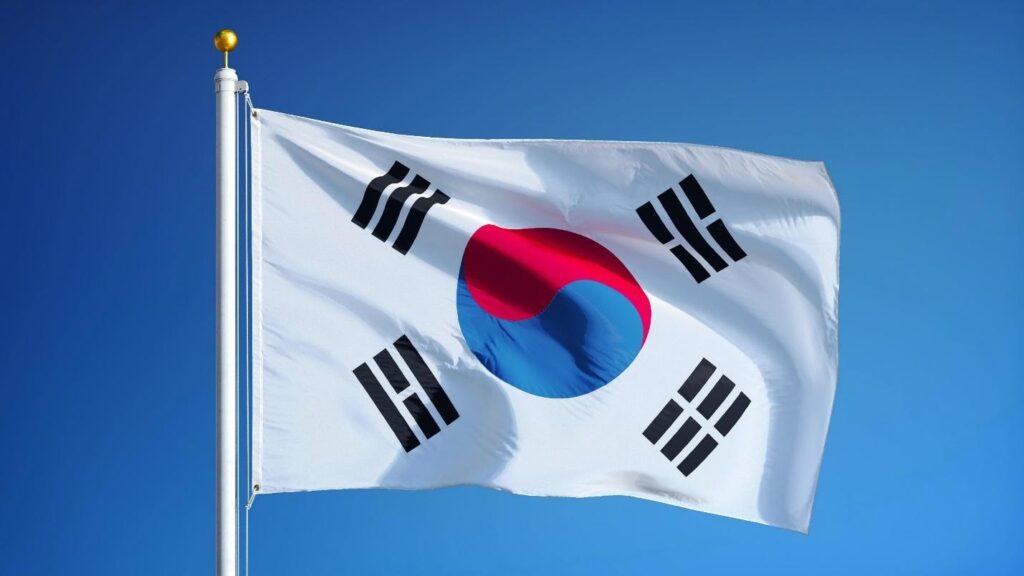
According to the 2021 edition of CEOWORLD magazine’s Health Care Index, which ranks 89 countries according to factors that contribute to overall health, South Korea has the world’s best health care systems.
This country is recognized for its efficient health care system, which is managed by the Ministry of Health and Welfare.
Taiwan

Taiwan ranks second in the list of countries with the best healthcare systems. The country has a universal health care system and all citizens are given access to coverage.
There is an extensive network of public medical centers, community clinics, and hospitals that provide services for patients in Taiwan.
In addition, Taiwanese people also have the option of purchasing private insurance plans from various providers such as local governments or labor unions.
Denmark
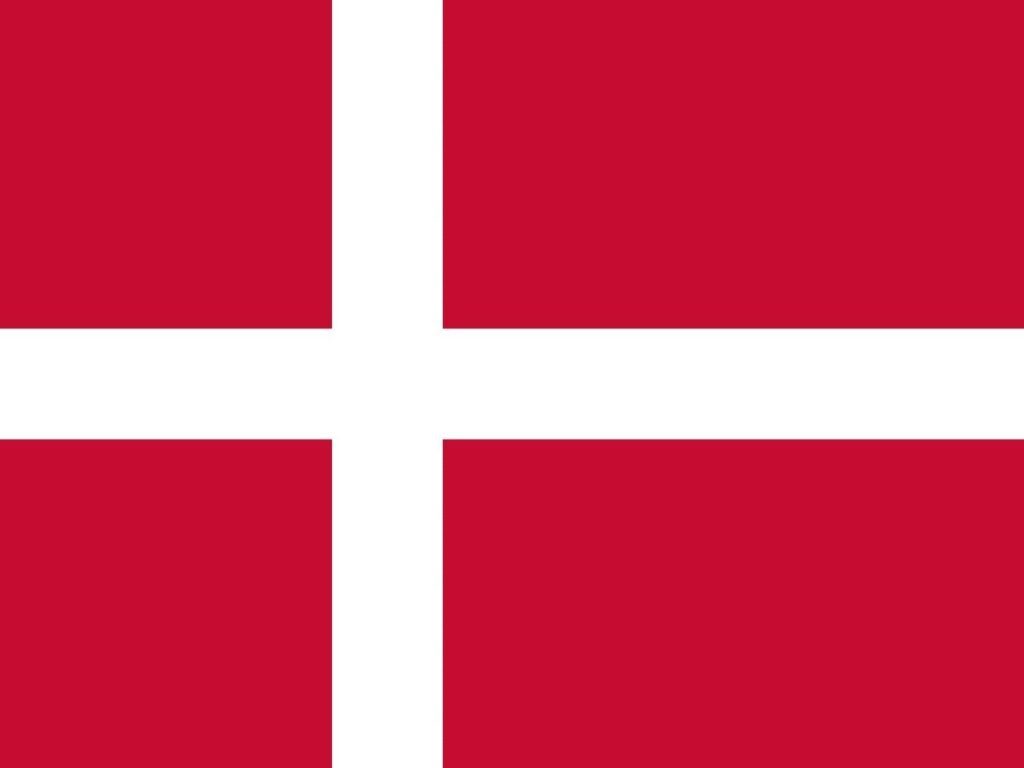
The Danish universal health care system provides free medical treatment to Danes, with the majority of it paid for through income tax.
All of the permanent residents are entitled to a national health insurance card and most tests and treatments are free.
Austria

Coming in at number four is Austria. The country’s overall healthcare index is 71.32 and it also features the best healthcare infrastructure.
Austria offers excellent medical care. For Austrians and foreign residents, the government healthcare insurance program is obligatory. The good news is that it is state-funded where high-quality medical facilities and services are available.
Healthcare in Austria is generally public, although private health insurance is also available.
Most individuals acquire public health insurance by paying a portion of their income, which is overseen by the Ministry of Social Affairs, Health, Care, and Consumer Protection. However, healthcare is free for low-income earners.
Japan
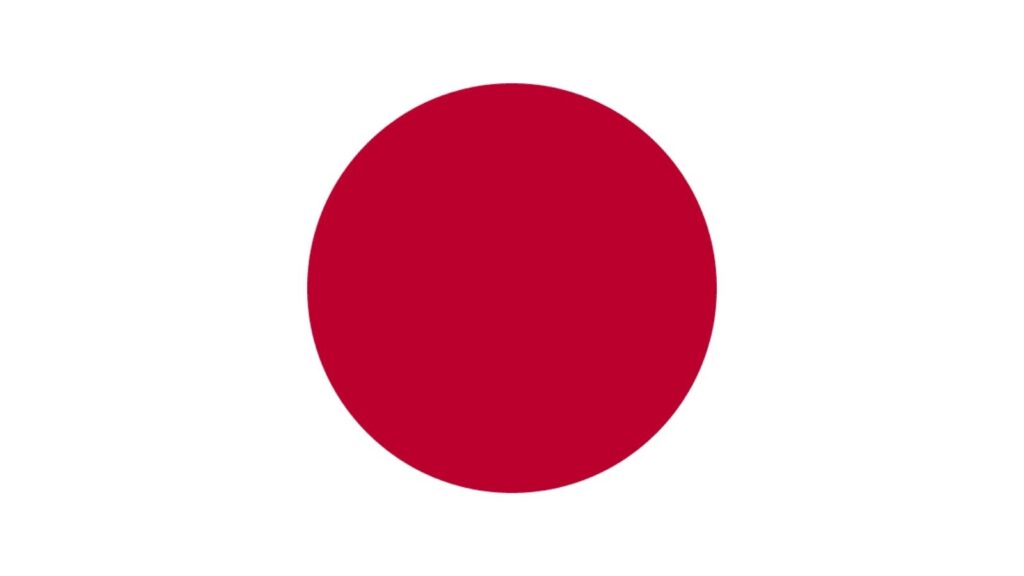
Health care is generally free for Japanese citizens, expatriates, and visitors. Japan provides universal health care to its residents.
This system is open to anybody, including foreign nationals who have been living in Japan for more than a year.
Students may obtain health insurance in Japan through the National Health Insurance System or their employer’s health care association plan.
If citizens enroll through their employer, their contributions will be automatically deducted from their salary. If not, they are required to pay the NHI tax on their own.
For the self-employed and unemployed people in Japan, they must enroll in the National Health Insurance plan at the local government office. Their income is what determines their NHI tax.
Australia
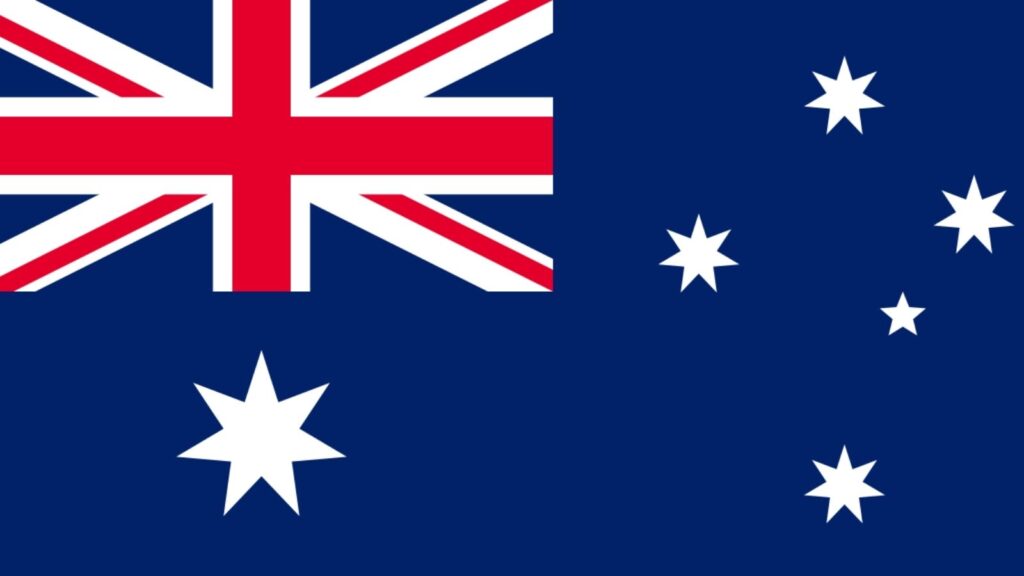
Australia’s healthcare system is largely funded by Medicare, the country’s national health insurance plan. All Australian citizens and permanent residents are entitled to Medicare, which offers a certain amount of money for most medical treatments.
The bulk of the invoice for a health care professional’s service should be paid by Medicare, which may save you money on your premiums. In many situations, health care providers will bulk bill, which means they won’t charge you more than what Medicare will pay for.
The insurance program is funded in part through a 2% Medicare levy (with certain exceptions for low-income earners). Any shortfalls are covered by the federal government from the general expenditure.
A patient’s out-of-pocket expenses for health care (also known as unplanned expenditures) are covered by Medicare only if the patient has private health insurance or pays directly. Private health insurance may also cover any portion of non-Medicare medical costs not paid by the government (known as out-of-pocket expenditure).
Ambulance services in Australia are either completely government-subsidized (Queensland and Tasmania) or based on an annual membership charge (New South Wales and Victoria).
Alternatively, they might be covered by private health insurance. Seniors and other concessions holders are more often likely to receive free ambulance services.
Services provided to individuals with chronic illnesses or disabilities might be covered at a higher scheduled fee percentage. This is made possible through the Better Access Scheme, or via the National Disability Insurance Scheme.
France

Healthcare in France is partly paid for by the government, as well as the patient contributing a portion of their healthcare expenditure.
Approximately 70-100% of costs for services such as doctor visits and hospital fees are covered by France’s public health insurance. 100% coverage is provided to low-income and long-term sick individuals.
The country has both state-run and private hospitals. Both of them maintain a high degree of excellence in terms of healthcare services.
Although it’s not mandatory to have private health insurance, it’s still important to have a cover while living in France. This will help safeguard in case of any issue with the public health insurance coverage.
If a foreigner has resided in France for three months, they may join the PUMA system and obtain French health insurance.
Spain
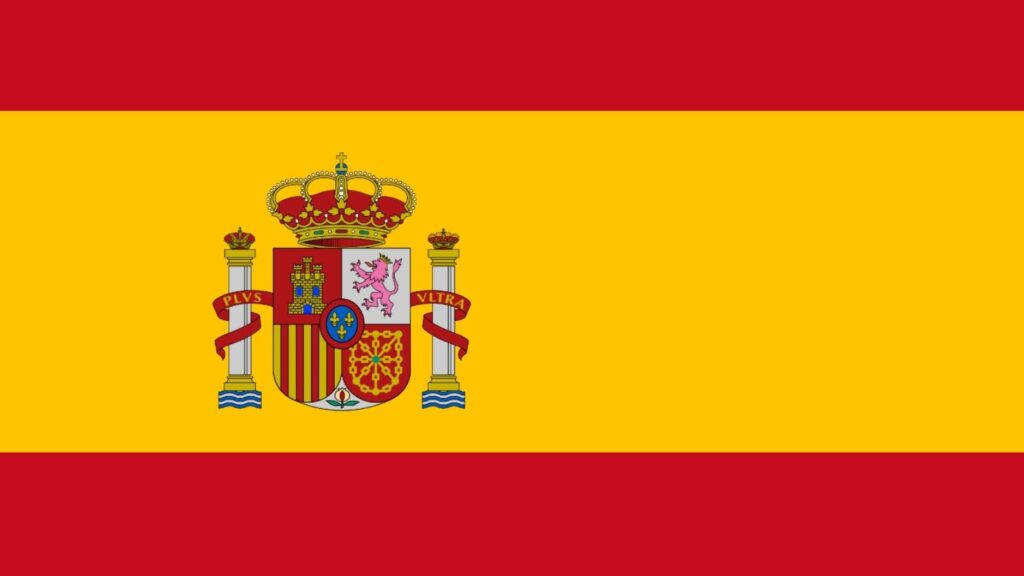
In Spain, both a public and a private healthcare system exist. The public health care system covers people who contribute to the Spanish social security scheme and their families for free basic care.
The public system in Spain offers free healthcare for retirees, including people from other EU countries.
The public system also provides free healthcare for retirees, including those from other EU countries. The UK government pays Spain a yearly sum per pensioner to cover health care expenditures.
The Spanish government requires foreign workers working for Spanish companies or self-employed foreigners to contribute to the country’s social security system (Seguridad social).
This makes them entitled to receive free or subsidized medical care together with their families. What they are entitled to be similar to what Spanish citizens also receive.
Belgium

The healthcare system in Belgium is one of the best in Europe. It is made up of two sectors: a public sector and a private sector, with fees payable in both.
The state administration is funded through mandatory health insurance. This allows individuals to obtain low-cost services such as doctors, hospital care, dental care, maternity expenses, and medications.
Healthcare is the responsibility of both federal and regional governments in Belgium. Public healthcare is regulated by the Federal Public Service for Health, Food Chain Safety, and the Environment.
The Flemish, Walloon, and German-speaking regions each have their healthcare administration.
Belgium was fifth in the 2018 Euro Health Consumer Index, which is “perhaps the most generous healthcare system in Europe.” However, in terms of results, Belgium ranked lower than the top-ranking countries.
United Kingdom

The United Kingdom provides public health care to all legal residents. The good thing about the UK is that healthcare is free at the point of need, and it is paid for through general taxation.
Healthcare costs about 4.5% of a person’s income. Around 18% of a citizen’s tax is spent on healthcare.
Therefore, all UK citizens are automatically entitled to free public healthcare through the National Health Service (NHS). This includes hospitals, physicians, as well as mental healthcare.
People Also Ask
What Country is #1 in Healthcare?
As you’ve seen from the list above, South Korea currently ranks number 1 in the world in terms of the best healthcare.
The country has managed to stand out thanks to the great healthcare system that they have put in place.
Where Does US Rank in Healthcare?
The United States is ranked 37th in the world when it comes to healthcare according to a report by Bloomberg.
This places them behind other developed countries such as Australia, the UK, and Spain for example.
In fact, more than 30% of Americans have no insurance at all while some others are forced to choose between their bills or prescriptions each month.
What is the Best Country for Living?
When you ask someone this question, they will give a different answer depending on their personal preferences and priorities.
If we’re talking about healthcare systems and which countries have the best facilities for citizens to receive treatment, there is no one size fits all solution.
Every country has its own problems with health care. But some of them do better than others at providing accessible medical help, while also maintaining high-quality standards.
Some of the countries that excel in this area include France, Japan, and Singapore. Other countries that follow include Italy, Australia, the Netherlands, Sweden, and Spain.
What Country is the Unhealthiest?
The Czech Republic is the unhealthiest nation on Earth, with its people considered some of the heaviest drinkers.
On average, each person consumes 13.7 liters of alcohol (the equivalent of 550 drinks) every year.
On the other end of the spectrum, some countries have lower quality levels. This list includes China, Colombia, and India where medical practices may be questionable in terms of safety for patients seeking treatment.
The solution to these problems is always going to come down to funding.
That’s because many developing nations simply don’t have access to sufficient financial resources needed for their citizens’ healthcare needs.
Some countries spend money on other areas instead such as defense budgeting. These countries end up underfunding their healthcare systems, which negatively affects their citizens.
What Country Has the Most Expensive Healthcare?
The United States is often considered the most expensive country for medical treatment.
However, this comes at a price because many people can’t afford healthcare or insurance to pay for it. This leaves them without any protection in case of an emergency.
Many other countries have universal health care where everyone receives equal access regardless of their economic status. So, they don’t face financial ruin if someone gets sick and needs intensive hospitalization or surgery.
On average, Americans spend $3211 per person on healthcare every year. But some citizens end up spending more than that with out-of-pocket expenses adding up quickly (especially if you need prescription drugs).
This forces people into bankruptcy when they get seriously ill because bills pile up too high to be paid by ordinary means.
The US ranks 50th in life expectancy (average age at death) for citizens which shows that there are serious problems with how medical care is delivered and who receives priority when funds are limited.
Countries like France, Japan, Italy, Australia, and Singapore have universal health care systems.
This is where everyone can receive treatment without worrying about paying out-of-pocket costs. So, they don’t face financial ruin if someone gets sick unexpectedly.
Other countries like Netherlands, Sweden, and Spain while China Colombia, and India do poorly in terms of providing quality medical services. This is mainly due to a lack of funding.
What Country Has the Cheapest Healthcare?
Brazil is considered to have the cheapest healthcare. The Brazilian government has a single-payer health care system.
It is funded by taxpayers’ money and does not discriminate against those who cannot afford it, including tourists.
It is mandated by the Brazilian constitution. There are no private hospitals or clinics in Brazil, only public ones.
Brazil has a high life expectancy rate of 74 years on average and low infant mortality rates at 12 per 1000 births.
Conclusion
Overall, there are lots of different factors to take into account when determining the best country for healthcare.
In general, countries that offer universal healthcare coverage and a greater degree of government intervention tend to have better results in terms of accessibility, cost-effectiveness, and health outcomes.
However, each system is complex, and there will be exceptions to this rule as well as outliers that don’t fit within any particular framework or category.
Therefore, this is why it’s important not to make assumptions about a country based on its geographical location!
Did you enjoy this article? Checkout similar stories:
Andy Frisella: An Inspiring Story Of Grit
Elevating Skilful Potentials: An Overview On The Life Of Jason Capital
Dan Bilzerian: The True Story Of Instagram Playboy Millionaire






